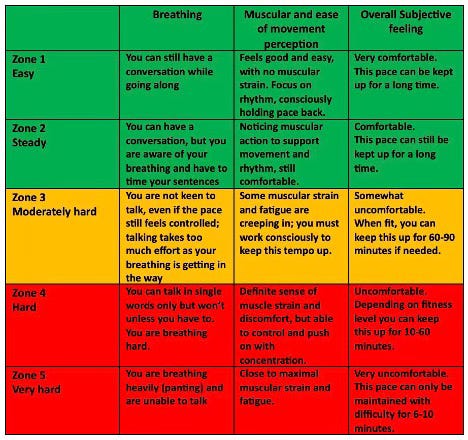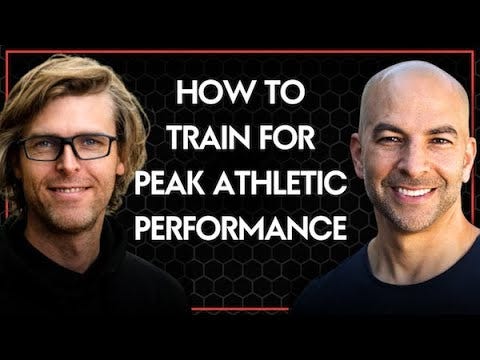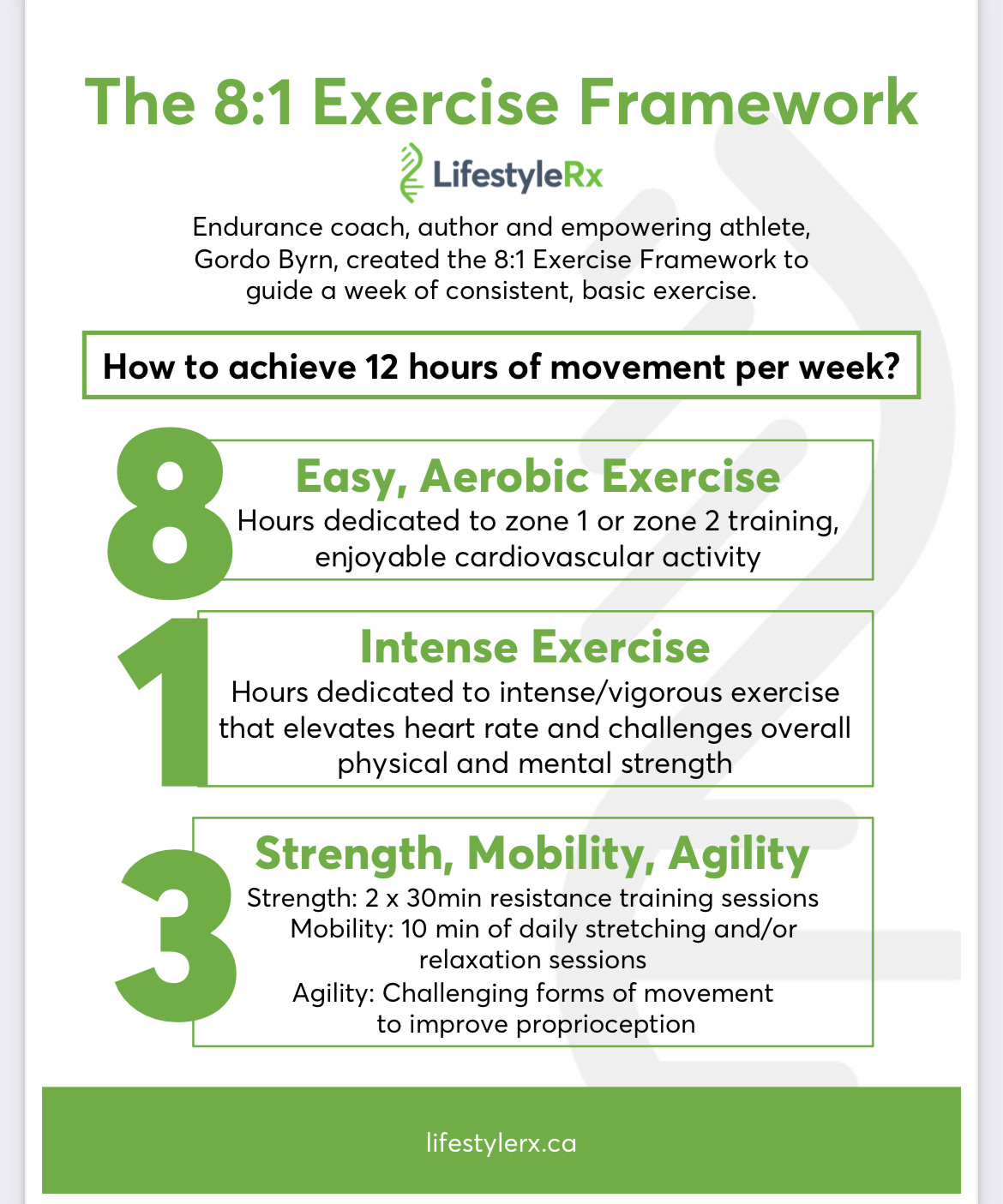I was listening to Peter Attia’s conversation with Olav Aleksander Bu (linked below) and wanted to add another athlete type to the profiles I’ve been explaining.
To build the athlete profile, I’ll paraphrase from the conversations Peter had with Olav Aleksander and Iñigo San Millán (below).
By the way, I did my own deep dive on Iñigo’s approach. You can find additional podcast links and notes here.
Explosive athletes are be typified by:
An ability to get their lactate over 10 mmol relatively easily. Peter mentioned to Olav that when he was younger he could hit 13 mmol daily.
To put that lactate level in context, when I was an elite, hitting 13 mmol happened about once a year. I’m a slowtwitch dominant athlete able to train my breakpoints quite high.
An enjoyment of strength training and high-intensity sessions. Peter’s standard VO2max session is a 4x4 workout explained to Tim Ferris (below).
Peter’s protocol mirrors the approach used by most Hybrid Athlete programs.
Peter’s 4x4 workout is a best-effort (Zone 5) session of 4 intervals of 4 minutes duration. Rest interval is the same as work interval. So 4 minutes Zone 5 then 4 minutes easy, repeated 4 times.
We discussed our approach to VO2max training in our run chapter. Specifically, see the section I wrote on Terms That Lead Us Astray. I said what I wanted to say there so won’t repeat here.
What I do want to tackle is the difference between Zone 2 as defined by Peter and where I think you should target your Green Zone training.
Peter’s approach is reasonable advice if you are a health and fitness exerciser.
~6 hours a week, cardio & strength training.
One hard session per week (Zone 5, 4x4 session).
Other cardio done as “Zone 2” - defined as 1.7 to 2.0 mmol of lactate (or higher for novices).1
Peter’s advice reflects the realities of the population he serves. If the average person who walks into his office got there. It would be a big win for that patient, and their family.
The challenges when applying the protocol:
Compliance: there’s too much tough stuff in the week.
Limited Metabolic Improvement: the entire program ends up being highly glycolytic (explained below and in Peter’s conversation with Iñigo San Millán).
Body Composition: because of [1] & [2], the program leaves the athlete ravenous.
That said, the explosive athlete (like Peter) who uses the program might just fall in love with it. It is a good fit for their temperament, they will feel like they are working hard and enjoyment will boost compliance.
So if you are reading this article, I would not argue for changing the core part of your program. What I would recommend you do is tweak it with the changes outlined below.
You can listen to me explain the 8:1 Exercise Framework at [37:20] in the video below.
When Zone 2 Isn’t Green
There’s no way to explain this gently so I’ll lay it out. Zone 2 with Peter’s definition isn’t doing what we want from our Green Zone training.
In his interview with Olav Aleksander and Doc Iñigo, he mentions that he targets his Zone 2 at 2.0 mmol.
Peter’s baseline discussed with Doc Iñigo is less than 1.0 mmol.
In the short clip I posted of Peter and Tim, Peter makes the point that novices will have Zone 2 lactates even higher than 2.0 mmol.
That’s not Green Zone training.
He also provides Tim with an example of his breathing for athletes using subjective perception for their training. I’d place Peter’s breathing at the top of Zone 2. He is just entering Zone 3.
In the video below, I walk you through how your breathing will change across Zones 1 through 5.
You can cross reference my breathing examples to John’s Subjective Perception chart (below the video), which is color coded for your convenience.
If you use Peter’s definition for “Zone 2” then you will experience decoupling in your Green Zone workouts.
Your heart rate will rise away from the power and pace you are holding.
Your effort will not be, or feel, comfortable and stable.
The workout will become more stressful as time goes on.
You won’t see decoupling with 20 minute workouts.
You will start to see it with 60 minute workouts.
You will definitely see it when you progress to the advanced 3-hour workouts Peter mentions to Tim.

Peter talks about his frustration (with being plateaued) to both Olav and Iñigo. It might also be a more general frustration of a formerly speedy athlete getting older. I can relate as I experience those feelings, too.
The first change I recommend is simple, but not easy.
When I look at the core program, I see Tempo & Red Zone Cardio combined with strength training. With that approach, most amateurs will be doing all of their training with their fat burning near zero. The experienced hybrid athlete can get fit for sessions up to 90 minutes duration but will be frustrated with body composition, and overall performance.
Solution: Make the Green Zone Green.
Instead of targeting the top of Zone 2, aim for the bottom.
Aim for the first lactate threshold (LT1), which is used to set the top of Zone 1.
This gives both novice, and explosive, athletes a little wiggle room during their training so they aren’t constantly spiking into Zone 3 and elevating lactate.
This shift will feel too easy and that is exactly the point.
This first recommendation challenges our egos. The next recommendation gets to the core of our life structure.
Lifestyle Modification
When asked about optimizing Peter’s Zone 5 workout, Olav gave an excellent answer. “We need to consider the program holistically.”
Let’s do that.
There is nothing wrong with a program that is six hours a week of Tempo, Red Zone and Strength Training.
But… the results we achieve depend on the nature of our program.
…and a program that doesn’t address Metabolic Fitness2 will leave us plateaued and frustrated.
This is where many Hybrid Athletes eventually find themselves, especially if they try to run a marathon or complete a longer triathlon. They begin to fall apart after 90 minutes. I've been there and it's why I changed my approach.
The solution is three-fold:
Stress Reduction: achieved by making our endurance training more “Green” but also by accepting we need to adjust the balance between our work and exercise lives.
Get To 12 Hours: adjust your work life so you can fit in another 6 hours of training. This will place you in the 12-14 hour weekly range.
Save Special Efforts: Stop trying to set weekly bests with hard training. This drive to constantly prove ourselves, whether via daily 13 mmol efforts or other methods, leads to plateaus. Save special efforts for special events, such as races.
If you want to use 80:20 programming then…
Don’t think 20% Hard.
Think 80% Green Zone and 20% everything else.
Creating the space to get to 12-14 weekly hours is challenging.
There have been times of my life where it wasn’t possible without damaging my marriage or turning away from my goals as a father. Across those periods, a protocol like Peter’s (minus the weekly Zone 5 session) is how I kept myself sane and maintained my health.
As I was able to (re)gain control of my schedule, I made the changes outlined above and endurance performance flowed.
Peter, if you happen to read this then thank you for your content. You’ve helped me with my practice and achieving my goals. This article is what I recommend to help you get the watts per kilo goal you shared with Iñigo.
Back to Table of Contents
Our views on 2 mmol Nominal Targets and Sweet Spot Training are discussed in Training Zone Essentials.
The path towards improved metabolic fitness is explained in detail here: The Second Framework: Metabolic Fitness found in Chapter One.




